
The manufacturing industry stands on the cusp of a data-driven revolution, where the conversion of raw data into meaningful insights holds the key to improved efficiency, productivity, and competitiveness. This white paper delves into the strategic aspects and technical requirements of harnessing manufacturing data to facilitate better decision analysis. It outlines clear business objectives, technical prerequisites, and a systematic approach to optimizing a wide range of manufacturing processes.
The manufacturing industry is undergoing a transformational shift, driven by advancements in data analytics, machine learning, and automation technologies. Manufacturers are increasingly recognizing the value of converting vast amounts of data generated in their operations into actionable insights. This transition from data to information is essential for informed decision-making and achieving competitive advantage.
This white paper serves as a comprehensive guide for manufacturing organizations seeking to harness the power of their data. It outlines the clear business objectives, technical prerequisites, and a systematic process required to convert manufacturing data into actionable information. By embracing data-driven strategies, organizations can enhance efficiency, reduce costs, and optimize processes across various manufacturing use cases.

A well-defined data strategy serves as the foundation of a successful data transformation initiative. It involves establishing goals, defining data sources, determining data ownership, and aligning data initiatives with overarching business objectives.
Building a team of skilled data professionals is crucial. This includes data scientists, data engineers, analysts, and domain experts who understand the intricacies of manufacturing processes.
Ensuring buy-in from stakeholders at all levels of the organization is essential for the success of data-driven initiatives. This includes support from executives, managers, and frontline employees who will utilize the insights generated.
Data and technology evolve rapidly. Continuous training and upskilling of personnel are imperative to keep the team current with the latest advancements in data analytics and manufacturing technologies.

Establishing robust feedback mechanisms allows for continuous improvement in data processes and ensures that the information enerated remains relevant and valuable.
Strategically allocating resources to support data initiatives, which includes budget allocation for data collection tools, storage solutions, personnel, and ongoing maintenance.

To convert manufacturing data into actionable information, organizations must employ robust data collection tools. These tools should be capable of gathering data from various sources, including sensors, machines, and databases. Advanced data collection tools may leverage IoT devices, RFID technology, and automation systems to ensure data accuracy and reliability.
Efficient data storage is essential for handling the sheer volume of manufacturing data. Cloud-based solutions, data lakes, and distributed databases are increasingly popular choices due to their scalability and accessibility. Data storage solutions should provide redundancy and fault tolerance to prevent data loss.
Manufacturing data often resides in disparate systems and formats. Data integration tools and processes are crucial for combining data from different sources into a coherent and unified ontology. Following industry standards such as ISA-95 for factories and IEC 63278 for supply chains ensures consistency and compatibility
Data processing involves tasks such as contextualizing, normalizing, and properly indexing data. Creating universally accessible time-series data is essential for effective analysis. Standards such as IEC 62541 (OPC UA) help maintain data integrity and interoperability, enabling seamless data processing.
Advanced data analysis tools are indispensable for deriving actionable insights from manufacturing data. Machine learning algorithms, statistical methods, and predictive analytics enable organizations to uncover hidden patterns, anomalies, and trends. These tools empower data scientists and analysts to make informed decisions.
Data visualization tools play a critical role in making complex manufacturing data easily understandable. Interactive dashboards, charts, and graphs enable stakeholders to grasp insights quickly. Effective visualization tools enhance communication and aid in decision-making.
Manufacturing data often contains sensitive information that requires protection from cyber threats and unauthorized access. Robust data security measures, including encryption, access controls, and regular security audits, are vital to safeguard data integrity and confidentiality.
A well-defined data governance framework is essential for ensuring data quality, compliance, and accountability. It establishes clear data ownership, data life cycle management, and data usage policies. Effective data governance maintains data trustworthiness and regulatory compliance.

The first step in the transformation process is data collection. Relevant data must be gathered from multiple sources, which may include sensors, machines, databases, and external systems. It is essential to identify key data points and ensure data accuracy and completeness.
Efficient data storage and processing are critical to managing the volume and variety of manufacturing data. Contextualizing, normalizing, and properly indexing the data is necessary to create universally accessible time-series data. Adhering to standards such as IEC 62541 (OPC UA) helps maintain data integrity and interoperability.
Data often resides in disparate systems and formats. Data integration is the process of combining data from different sources into a coherent and unified ontology. This step is guided by industry standards such as ISA-95 for factories and IEC 63278 for supply chains, ensuring consistency and compatibility.
Once data is integrated, it can be harnessed to calculate relevant key performance indicators (KPIs) and create comprehensive visualizations. These visualizations make complex manufacturing data more understandable and actionable. Continuous feedback is essential to refine and enrich data models continually

Predictive analytics leverages statistical methods and machine learning algorithms to conduct predictive maintenance scenarios and other forecasting and planning insights. By analyzing historical data and identifying patterns, organizations can anticipate equipment failures, optimize maintenance schedules, and reduce downtime.
The final step in the transformation process involves using the insights derived from data analysis to augment human decisions. Additionally, digital feedback loops can enable autonomous control, enhancing the speed and accuracy of decision-making. These data-driven decisions impact various aspects of manufacturing operations, from resource allocation to process optimization.
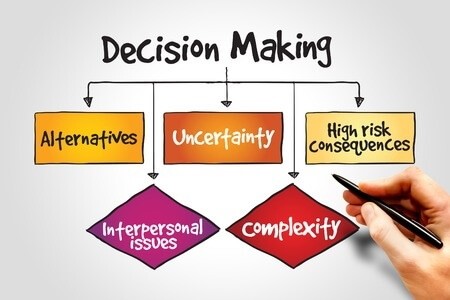
Leveraging Manufacturing Data for Improved Decision Analysis
A manufacturing plant collects data from sensors on critical machinery. Through predictive analytics, the plant can anticipate when a machine is likely to fail. By scheduling maintenance before a breakdown occurs, costly downtime can be minimized.

In a pharmaceutical manufacturing facility, data from various sensors and instruments are continuously monitored. If any deviations from quality standards are detected, production processes can be adjusted in real time to prevent defective products from being manufactured.
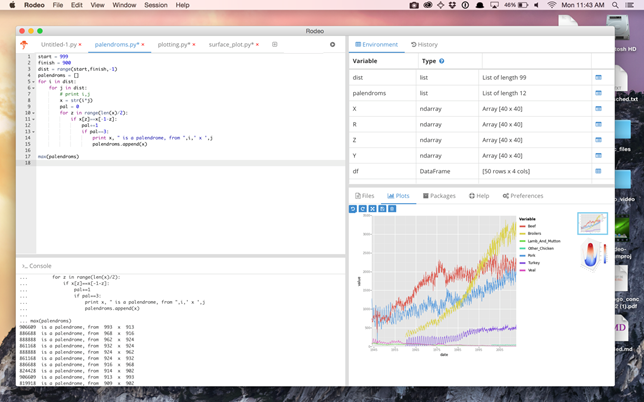
An automotive assembly line uses real time data on machine performance, component availability, and workforce efficiency to dynamically adjust production schedules. This ensures that production meets demand while optimizing resource utilization.
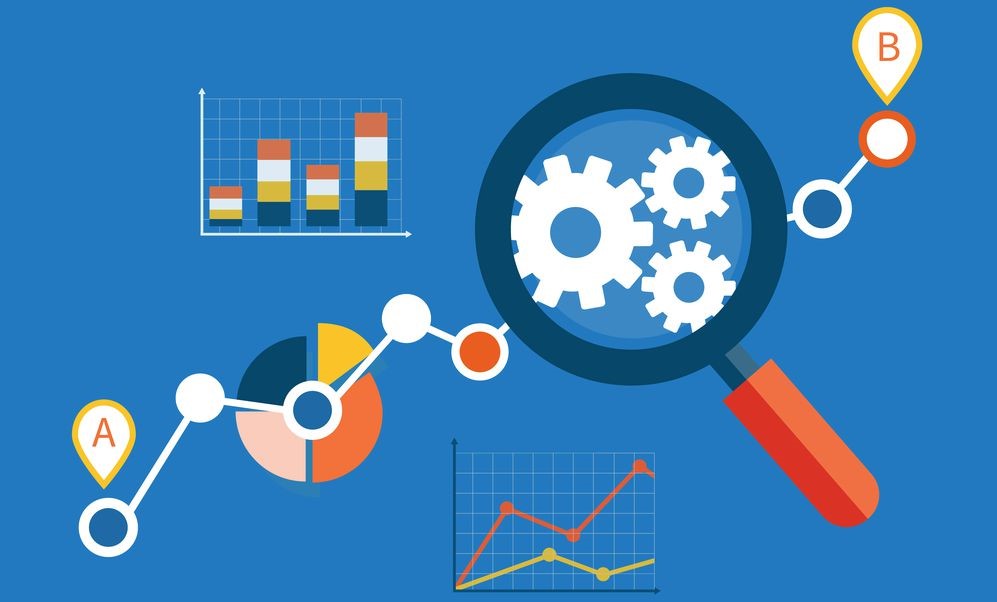
A steel manufacturing plant uses data from energy meters and production machines to identify energy-intensive processes. By optimizing these processes, the plant reduces energy consumption and associated costs.
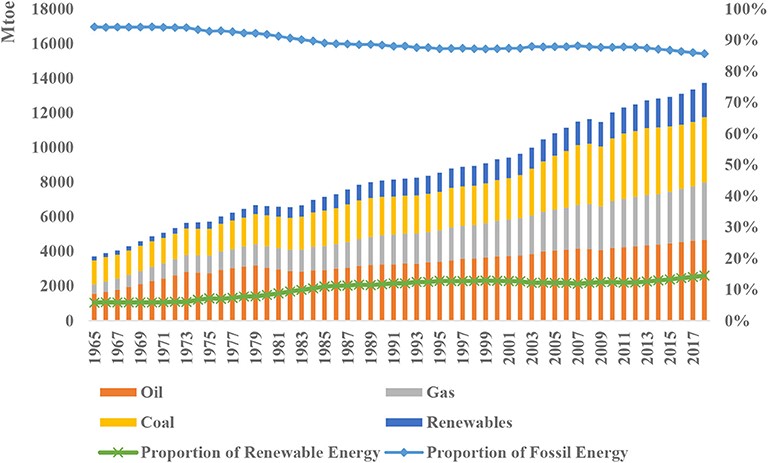
In a chemical manufacturing facility, sensors and cameras continuously monitor environmental conditions and safety protocols. If any deviations occur, automatic alarms are triggered, and corrective actions are taken to ensure compliance and worker safety.
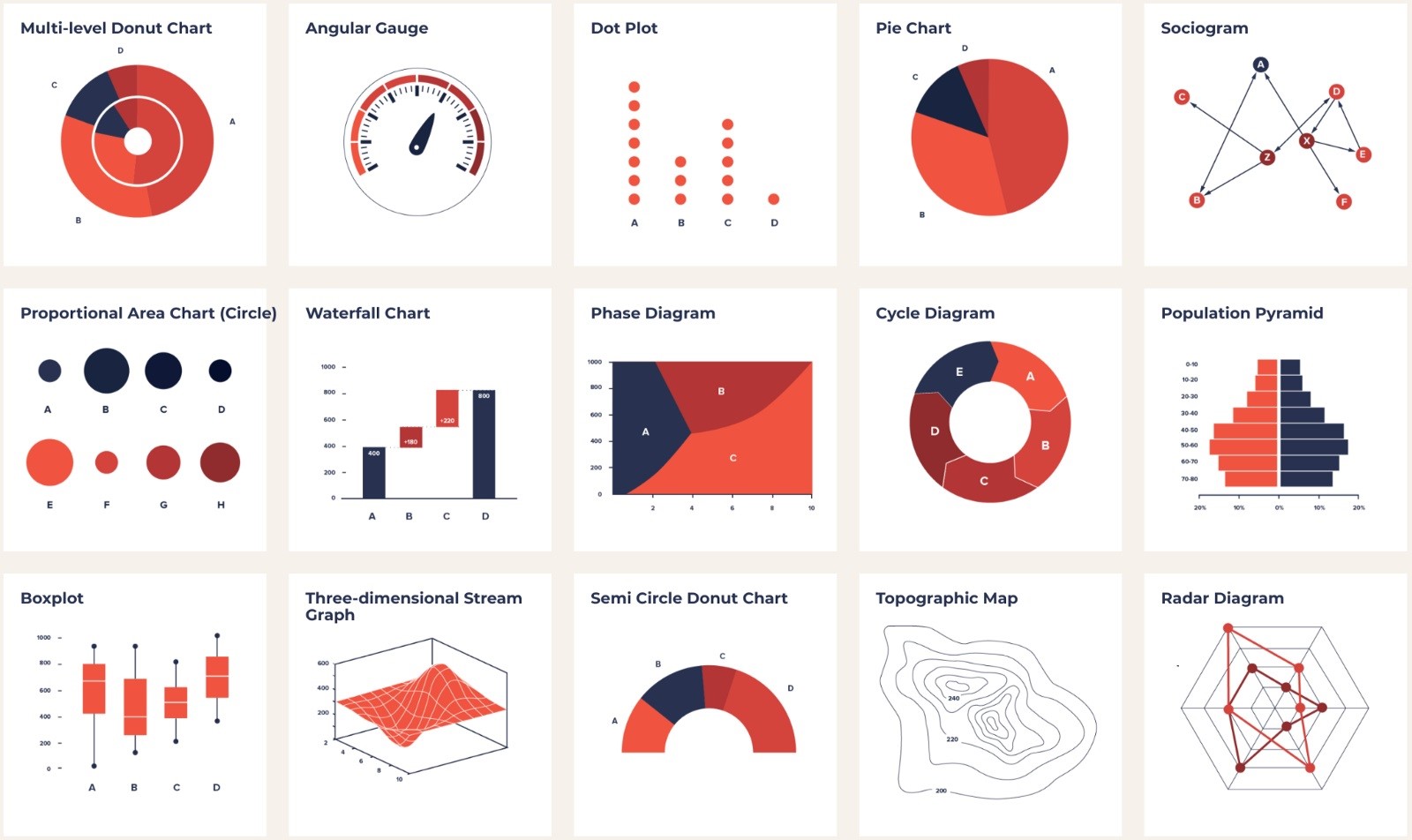
An electronics manufacturer collects data on product performance, failure rates, and customer feedback. By analyzing this data, the manufacturer gains insights into product design improvements, leading to higher-quality and more reliable products tools enhance communication and aid in decision-making.

A food processing company tracks data on raw material costs, labor costs, and equipment efficiency. With this data, they optimize their supply chain, streamline production processes, and reduce overall operational costs.
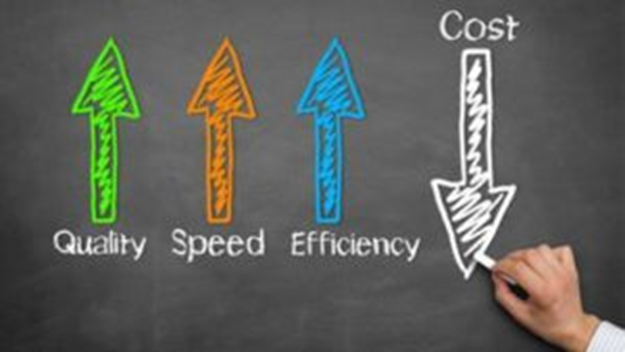
A semiconductor fabrication facility uses data from sensors to automate the movement of materials and products within the cleanroom. Automated workflows improve efficiency, reduce the risk of contamination, and enhance product quality.
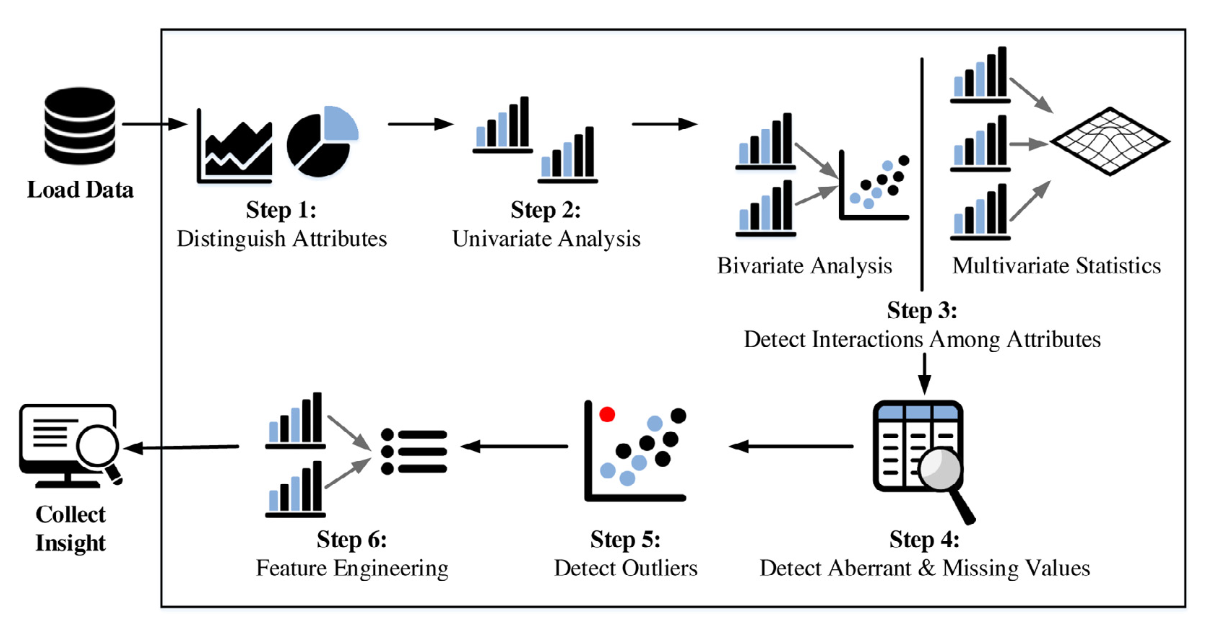
In a paper mill, data on machine downtime is collected and analyzed. By identifying the root causes of downtime, the mill can implement preventive measures, reducing production interruptions.
![]()
Converting manufacturing data into actionable insights is no longer a luxury but a necessity for modern manufacturing organizations. The systematic process outlined in this white paper, from data collection to decision-making, offers a roadmap for leveraging data to enhance efficiency, quality, and competitiveness. By embracing data-driven strategies and technologies, manufacturing enterprises can stay ahead in a rapidly evolving industry landscape and unlock new levels of operational excellence.
The use cases outlined in this white paper demonstrate the transformative power of converting manufacturing data into actionable information. From predictive maintenance to automated production workflows, data-driven decision analysis enables manufacturers to enhance efficiency, reduce costs, ensure quality, and stay competitive in an ever-evolving industry. Embracing data-driven strategies is imperative for manufacturers seeking to thrive in the digital age.

Vijay is a decision analyst and digital transformation and sustainability reporting practitioner at Cyient. He helps customers realize business value with his expertise in designing business processes to improve customer experience, increase profitability, and provide a competitive edge. He has extensive experience leading circularity and implementing digital readiness on sustainable business models, product and service portfolios, market and customer access, value chains and processes, IT architecture, compliance, organization, and culture.
Cyient (Estd: 1991, NSE: CYIENT) is a global Engineering and Technology solutions company. We collaborate with our customers to design digital enterprises, build intelligent products and platforms and solve sustainability challenges. We are committed to designing tomorrow together with our stakeholders and being a culturally inclusive, socially responsible, and environmentally sustainable organization.
For more information, please visit www.cyient.com
Cyient (Estd: 1991, NSE: CYIENT)delivers Intelligent Engineering solutions for Digital, Autonomous and Sustainable Future
© Cyient 2024. All Rights Reserved.